
Top Alfalfa Pellet Machine Brands: A Comprehensive Guide for 2025
Alfalfa pellet production has become increasingly important in modern agriculture, providing a convenient, nutritious feed…
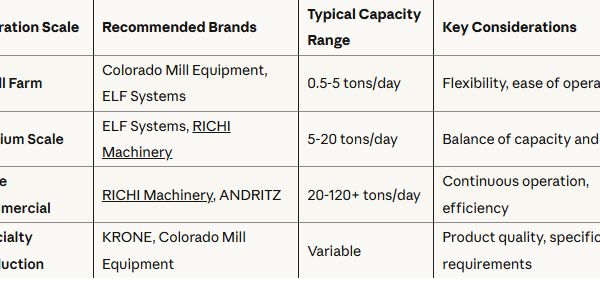
Alfalfa pellet production has become increasingly important in modern agriculture, providing a convenient, nutritious feed option for livestock. Choosing the right pellet machine is crucial for maximizing efficiency, ensuring product quality, and achieving long-term profitability. This guide presents the leading brands in the alfalfa pellet machine industry, helping you make an informed decision for your…
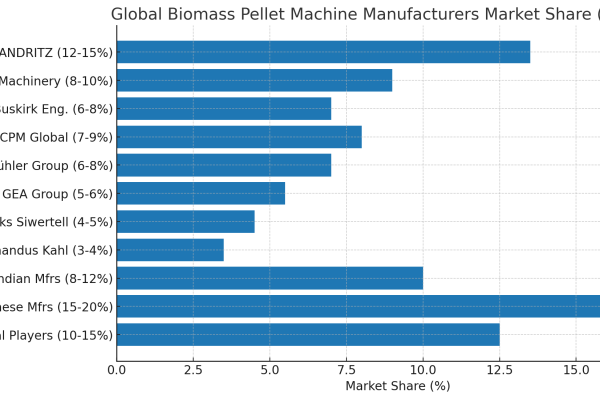
Executive Summary The global biomass pellet machine manufacturing industry is experiencing unprecedented growth, driven by increasing demand for renewable energy solutions and stringent environmental regulations. The biomass pellets market, which directly drives demand for pellet manufacturing equipment, is projected to reach USD 23.6 billion by 2035, with the pellet machine market specifically forecasted to grow…
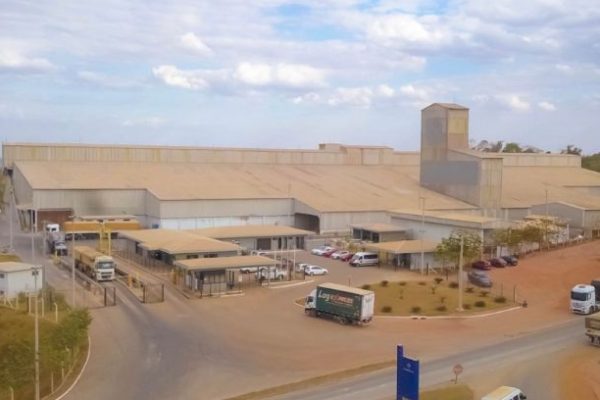
Introduction With the rising demand for sustainable agricultural inputs and the growing emphasis on environmental protection, establishing an organic fertilizer production line with an annual capacity of 20,000 tons has become an attractive investment. Such a facility is considered medium-sized and suitable for regions with intensive farming or livestock activities. However, proper planning, engineering design,…
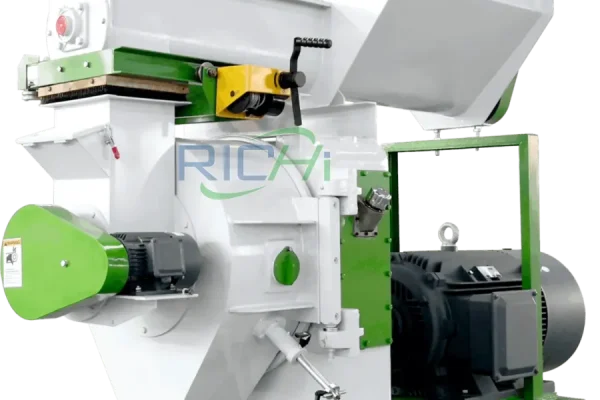
1. Introduction In the modern agricultural industry, the production of organic fertilizers has gained significant momentum due to the increasing demand for sustainable and environmentally – friendly agricultural practices. Organic fertilizer pelletizers play a crucial role in the production process by transforming organic raw materials into granulated fertilizers. However, like many industrial equipment, organic fertilizer…
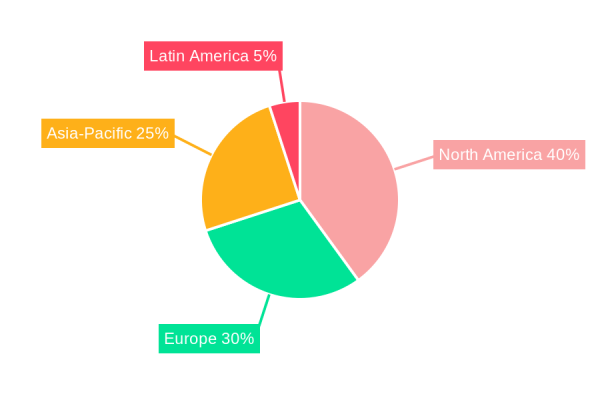
If you’re in the market for a pellet machine, whether for biomass or animal feed, you already know that not all machines are built the same. The quality of your pellets depends not just on the raw materials and formulation—but heavily on the reliability, design, and build of the equipment you use. So, what brands…
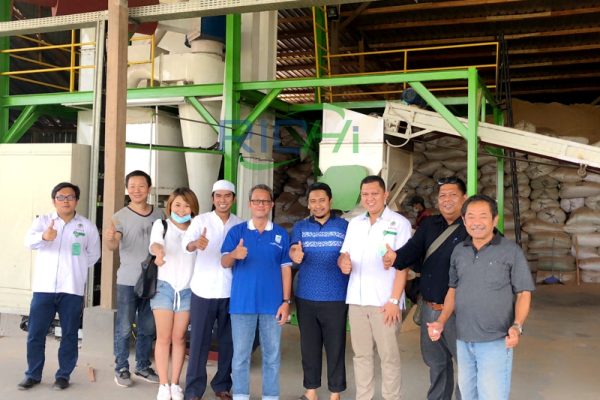
Selecting the right manufacturer for a wood pellet production line is a critical decision that can significantly impact the efficiency, quality, and profitability of your pellet production. Given the complexities involved in wood pellet production, it’s essential to consider several factors when choosing a manufacturer. Key Considerations When Choosing a Wood Pellet Production Line Manufacturer…
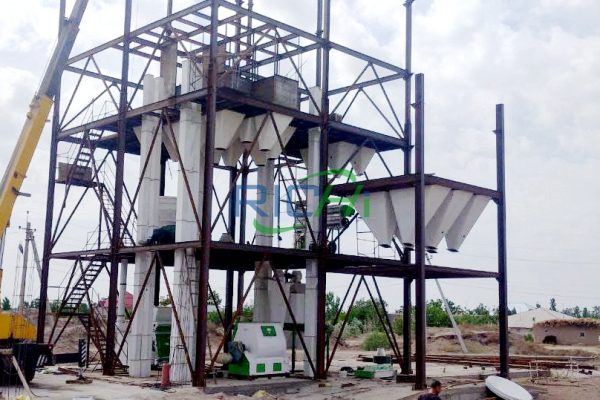
Poultry Feed Production Line: An Overview A poultry feed production line is a comprehensive system designed to convert raw materials into high-quality feed pellets specifically tailored for poultry consumption. This system integrates various processes that ensure the production of nutritionally balanced, safe, and cost-effective feed. The feed produced is crucial for the growth, development, and…
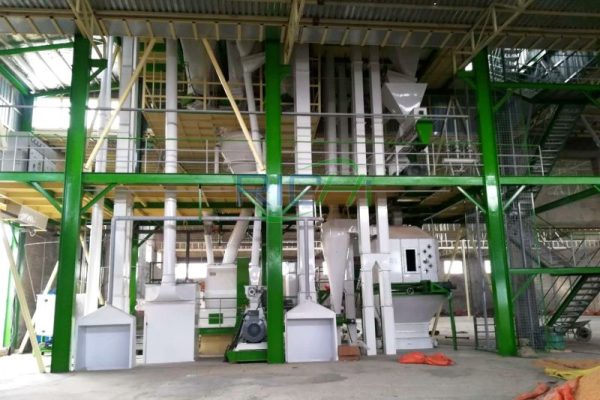
Producing high-quality chicken feed is essential for poultry farmers aiming to maximize growth rates, improve health, and enhance overall productivity. To achieve this, specialized animal feed manufacturing machines are required to process various ingredients into nutritious and palatable feed. This article discusses the key machines suitable for producing chicken feed, focusing on their functions, benefits,…
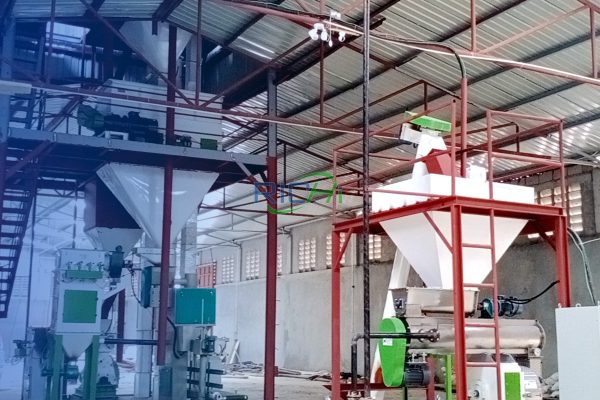
The production of animal feed is a vital aspect of the agricultural industry, ensuring that livestock receive the necessary nutrients for growth and productivity. A 3-4 tons per hour (t/h) animal feed production machine is designed to meet the needs of small to medium-scale operations, providing flexibility and efficiency in feed manufacturing. This article outlines…
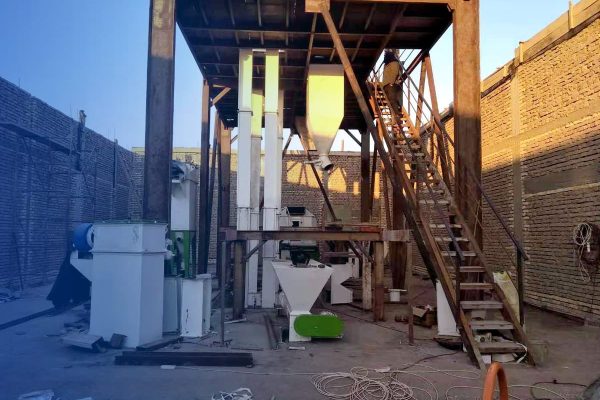
Debugging is a critical step in ensuring the smooth operation of a 3-4 tons per hour (t/h) animal feed processing machine. It involves identifying and resolving any issues or malfunctions in the equipment to optimize performance and prevent potential breakdowns. To effectively debug a 3-4 t/h animal feed processing machine, a variety of tools are…